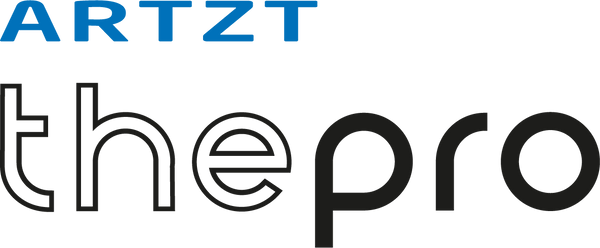
Fascia in the focus of therapy
Share
Reading time: 2 mins
Like every organ in the human body, the protective fascia itself can also be damaged - and thus affect the entire organism. However, thanks to various therapy methods, fascial injuries can be treated and even prevented.
All of the body's organs are connected to one another by fascia, forming functional axes of movement whose elasticity naturally decreases over the course of life. Any incorrect or excessive strain also affects the fascial tissue, causing the collagen fibers to compress due to biochemical changes and thus lose their elasticity or even calcify. Instead of transmitting and harmoniously distributing movements, the fascial chains become pathological fixation points and thus triggers for irritation and disorders. Over time, these dysfunctions (such as inflammation, metabolic disorders and associated pain, limitation of movement, and loss of strength) can spread along the fascial web, creating dysfunction at a location distant from the original trauma.
However, not only overstraining the fasciae can have a damaging effect, but also too little stress and movement, such as permanent sitting. The collagenous connective tissue constantly needs a certain amount of stress to stay healthy. If this is missing, it atrophies and becomes matted, thereby losing its essential ability to move and slide.
There are many disorders that can affect the fascial chains, affecting the cooperation and functionality of all body structures:
- bad posture and the wrong movements that are often associated with it
- back pain and neck and shoulder problems
- tension and stress
- inflammation
- Sprains, strains and ruptures
- osteoarthritis
- nerve irritation
- Operations and the associated scarring
Fasciae are extremely malleable and thus adapt to all types of stress over the long term. Fortunately, they are also able to find their way back to their original physiological state - provided they get help. Because all connective tissue structures are able to contract and relax again under the influence of minimally increased pressure. Accordingly, manual (osteopathic) treatments can affect cellular metabolism and stimulate a gradual structural reorganization of fascial building blocks. There are various methods, approaches and tools to treat fascial complaints.
Osteopathy: According to the founder, the American Andrew Taylor Still, disorders in one area can also affect other areas via interactions, which is why the body must be viewed as a functional unit. The fascial tissue is to be mobilized and stretched with gentle methods in order to finally release blockages.
Rolfing: As early as the 1950s, the biochemist Ida Rolf attributed a significant role to human connective tissue in tension and back pain. This resulted in Rolfing, a form of massage that targets the fascial connective tissue. The various myofascial massage techniques, combined with physical exercises, are intended to correct misalignments and release tension, adhesions and energy blockages.
Fascial Distortion Model: With this concept (lat. Distorsio: twisting / dislocation) of the emergency physician and osteopath Stephen Typaldos, which originated from osteopathy, the diagnosis based on anamnesis (medical history), symptoms and body language of the patient is an essential part of a successful therapy. In contrast to osteopathy, the fascial distortion model focuses on local treatment with forced techniques. The pathological cross-links should be released more quickly by pulling or pressing hard, the separated fascia should be untwisted or joined together in order to achieve faster treatment success.
In principle, all treatment techniques serve to regain the function of the tissue by harmonizing the local metabolism.
